Index
Plants
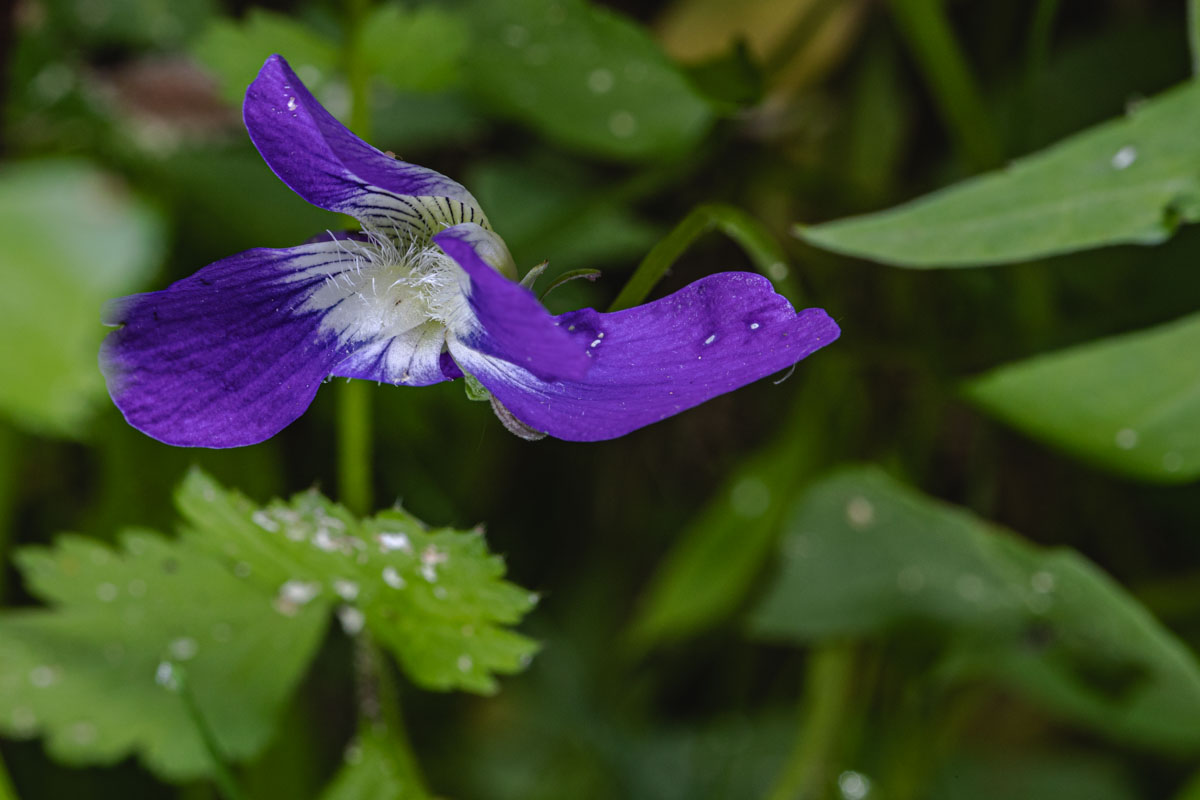
Blue Violet
Photo ID: _21A1554
4403x2935
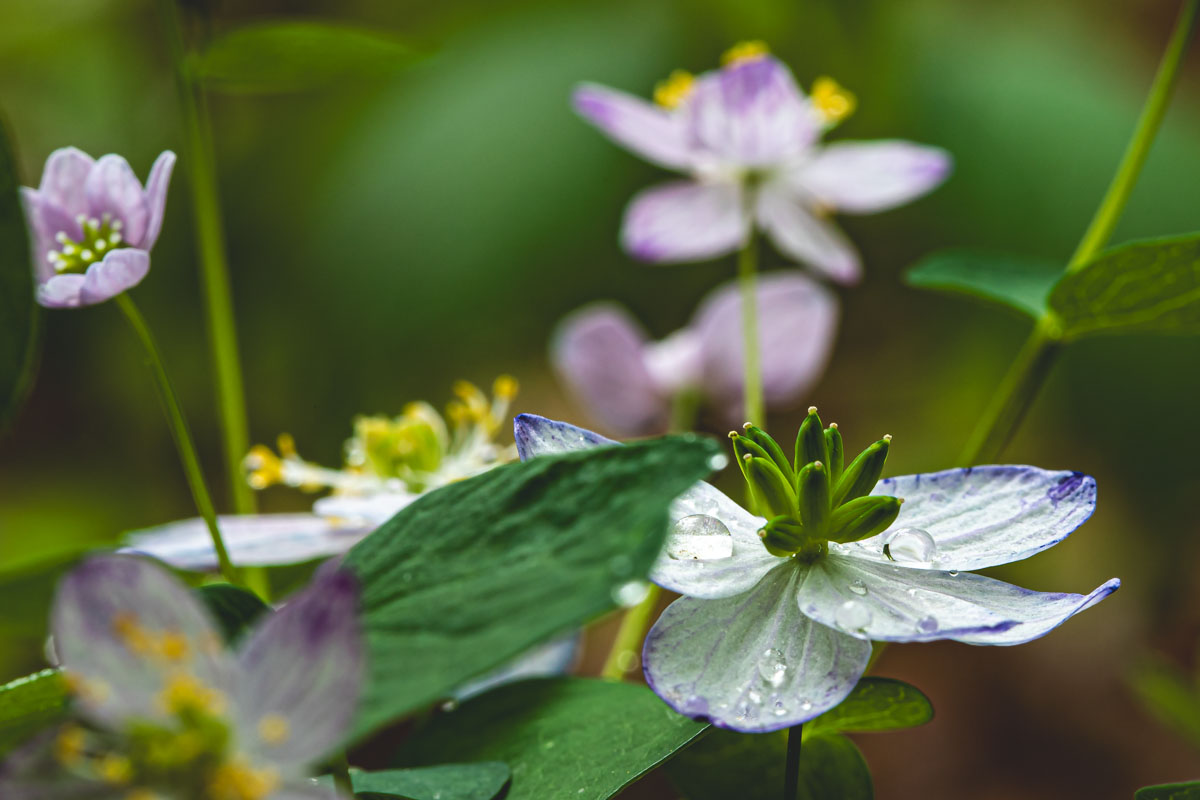
Rue-Anemone
Photo ID: _21A1444
2577x3866
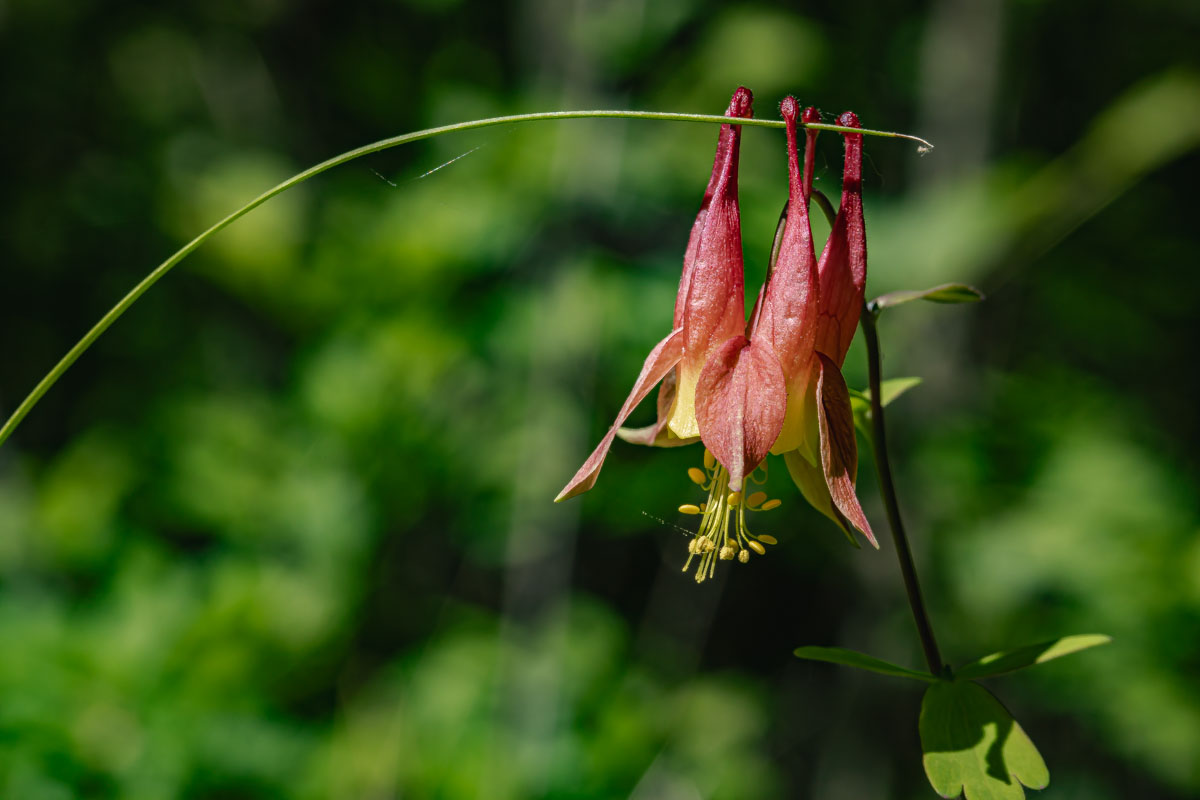
Columbine
Photo ID: _21A1511
6720x4480
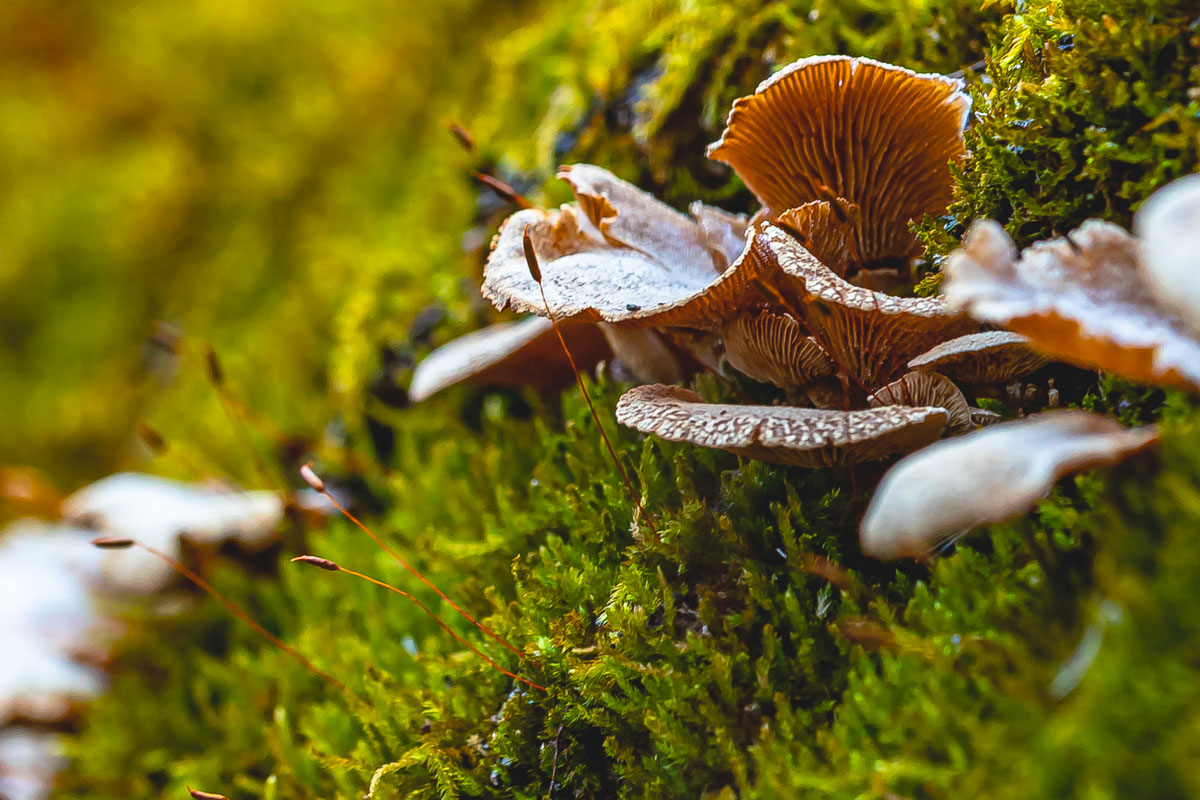
Oyster Mushroom
Photo ID: _21A0288
4403x2935
More...
Birds
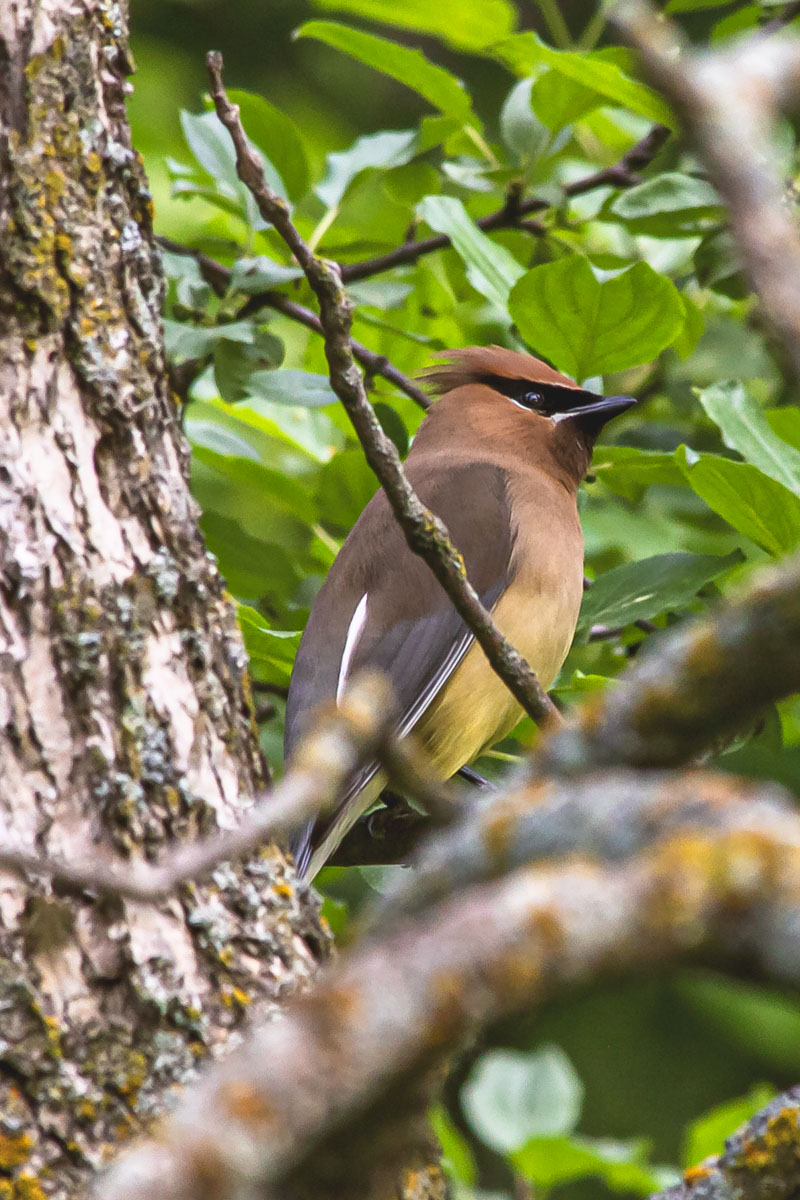
Cedar Waxwing
Bombycilla cedrorum
| _21A1623 | 1191x1786 |
| Image Details | More... |
| Camera | Canon EOS 5D Mk IV |
| Lens | EF70-200mm f/2.8L IS II USM |
| ISO | 200 |
| Aperture | f/11.0 |
| Shutter | 1/125 |
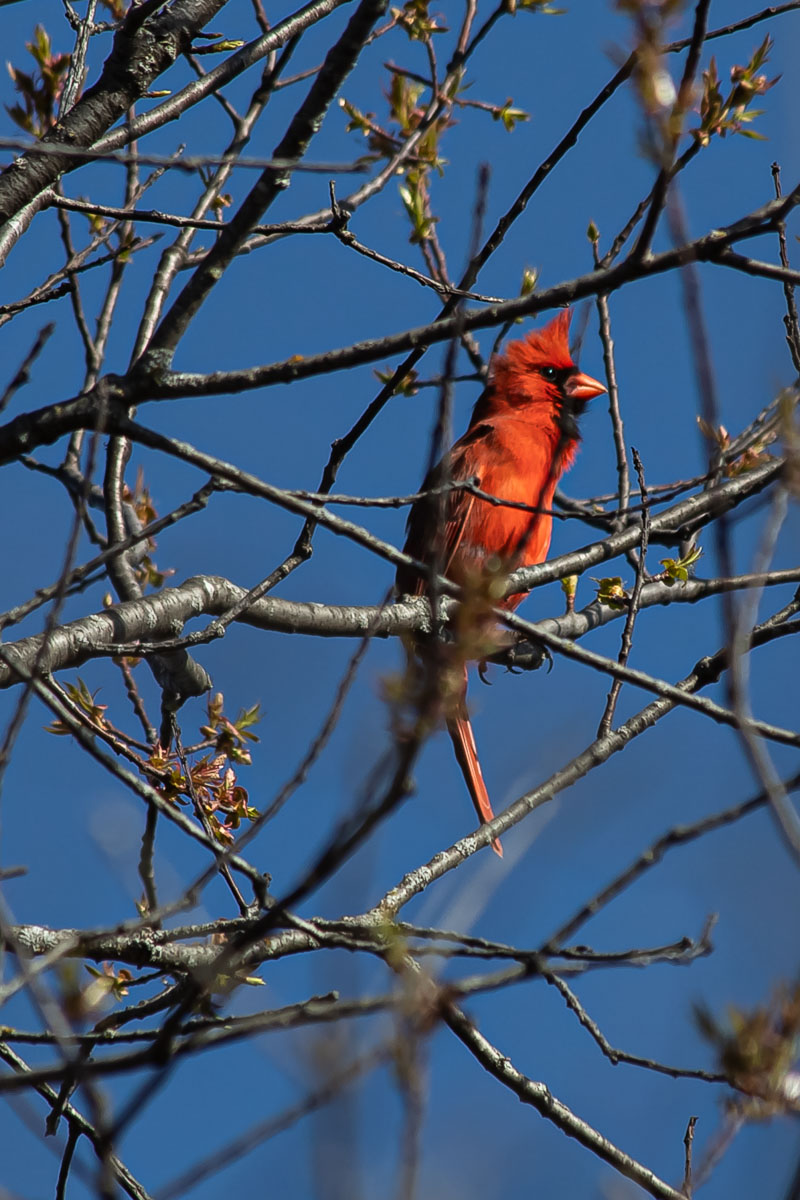
Northern Cardinal
Cardinalis cardinalis
| D79A3424 | 1195x1793 |
| Image Details | More... |
| Camera | Canon EOS 5D Mk IV |
| Lens | EF70-300mm f/4-5.6 IS USM |
| ISO | 200 |
| Aperture | f/8.0 |
| Shutter | 1/640 |
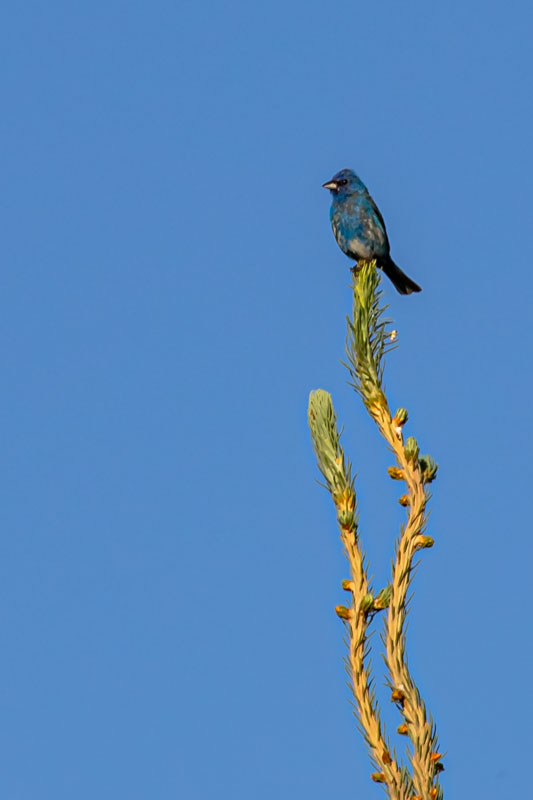
Indigo Bunting
Passerina cyanea
| _21A2130 | 1014x1521 |
| Image Details | More... |
| Camera | Canon EOS 5D Mk IV |
| Lens | EF70-200mm f/2.8L IS II USM (2x) |
| ISO | 200 |
| Aperture | f/13.0 |
| Shutter | 1/320 |
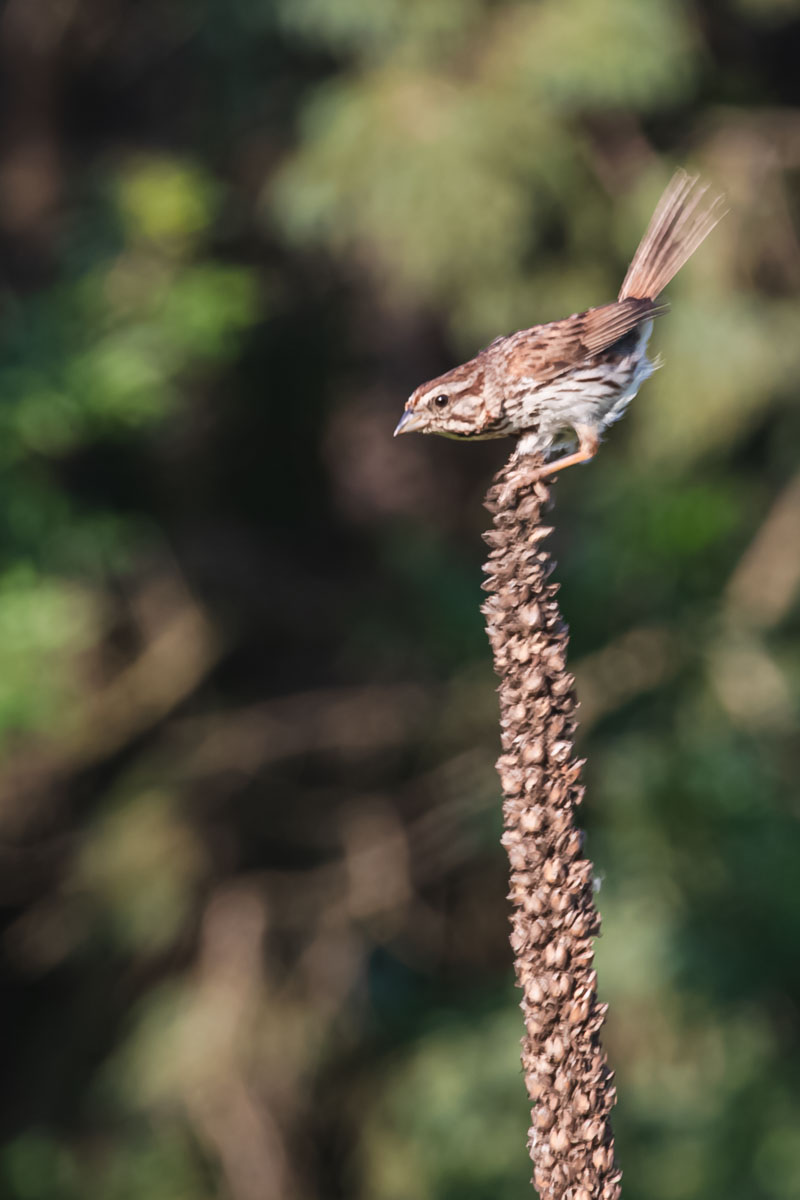
Song Sparrow on Mullien
Melospiza melodia
| _21A1917-2 | 2892x1928 |
| Image Details | More... |
| Camera | Canon EOS 5D Mk IV |
| Lens | EF70-200mm f/2.8L IS II USM (2x) |
| ISO | 200 |
| Aperture | f/16.0 |
| Shutter | 1/50 |
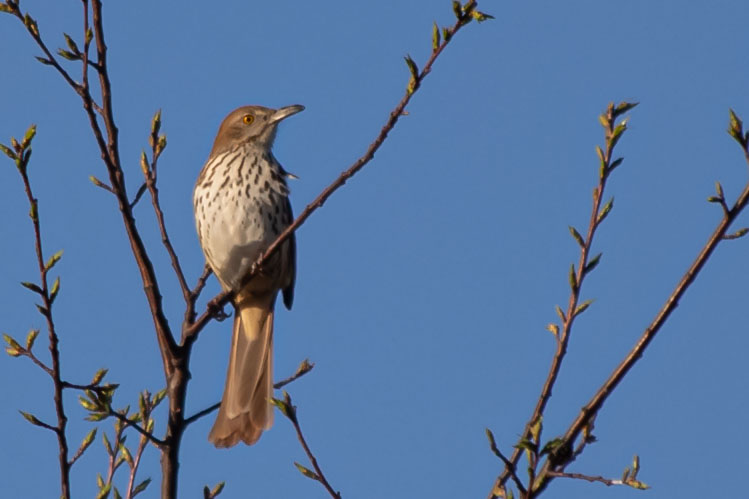
Brown Thrasher
Photo ID: D79A3388
800x1200
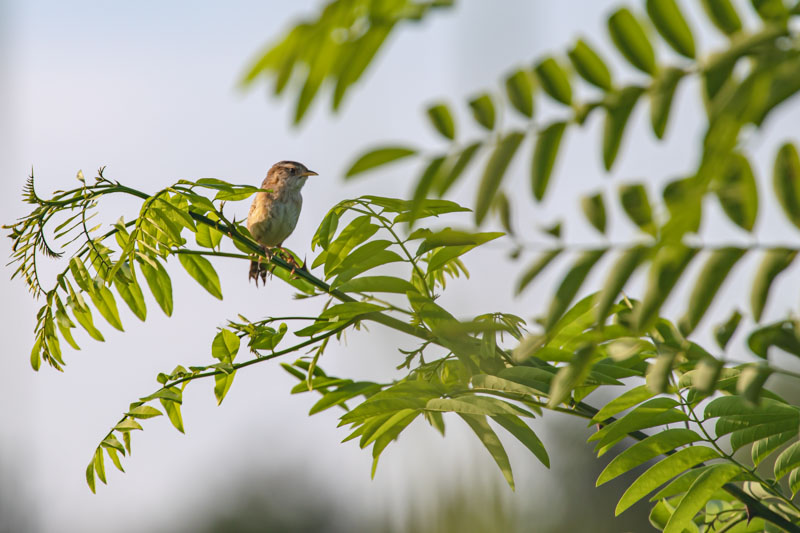
Sedge Wren
Photo ID: _21A2015
5043x3362
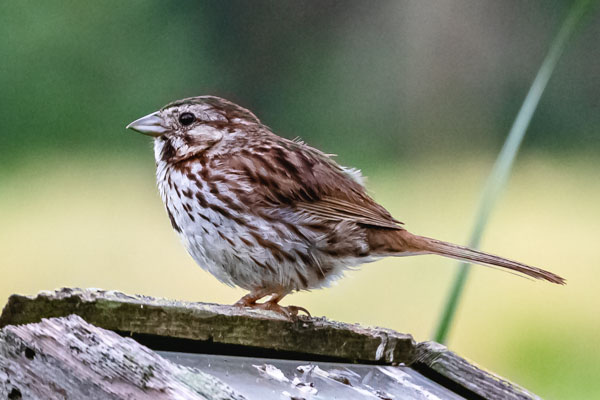
Song Sparrow
Photo ID:
| _21A1931 | 2109x1406 |
| Image Details | More... |
| Camera | Canon EOS 5D Mk IV |
| Lens | EF70-200mm f/2.8L IS II USM (2x) |
| ISO | 1250 |
| Aperture | f/13.0 |
| Shutter | 1/200 |
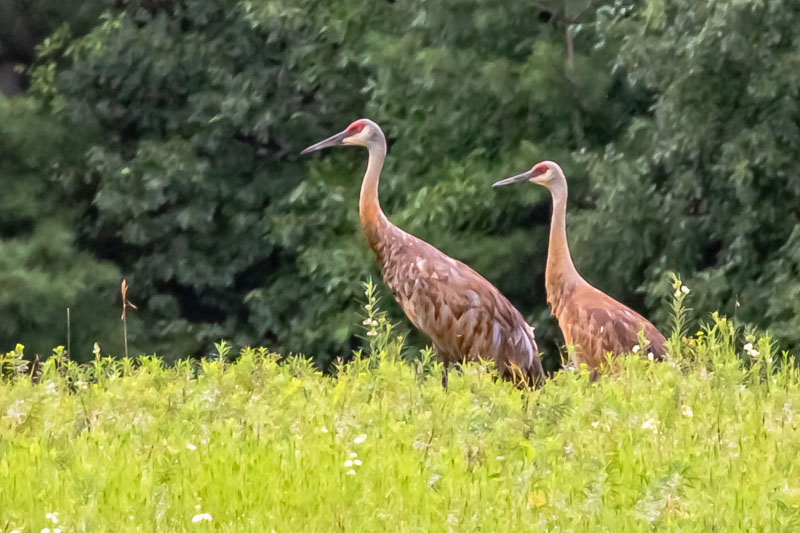
Sandhill Cranes
Photo ID: _21A2039
1022x1533
More...
Insects
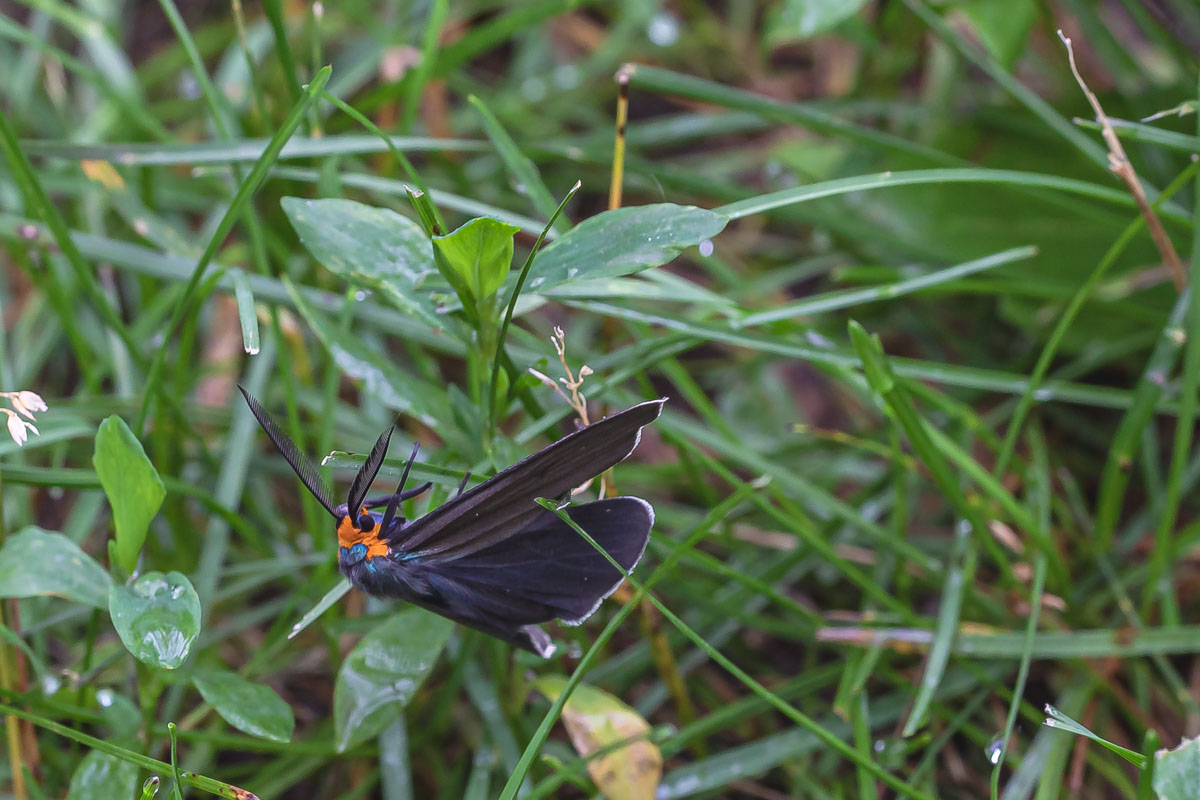
Virginia Ctenucha
Photo ID: _21A1656
2638x1759
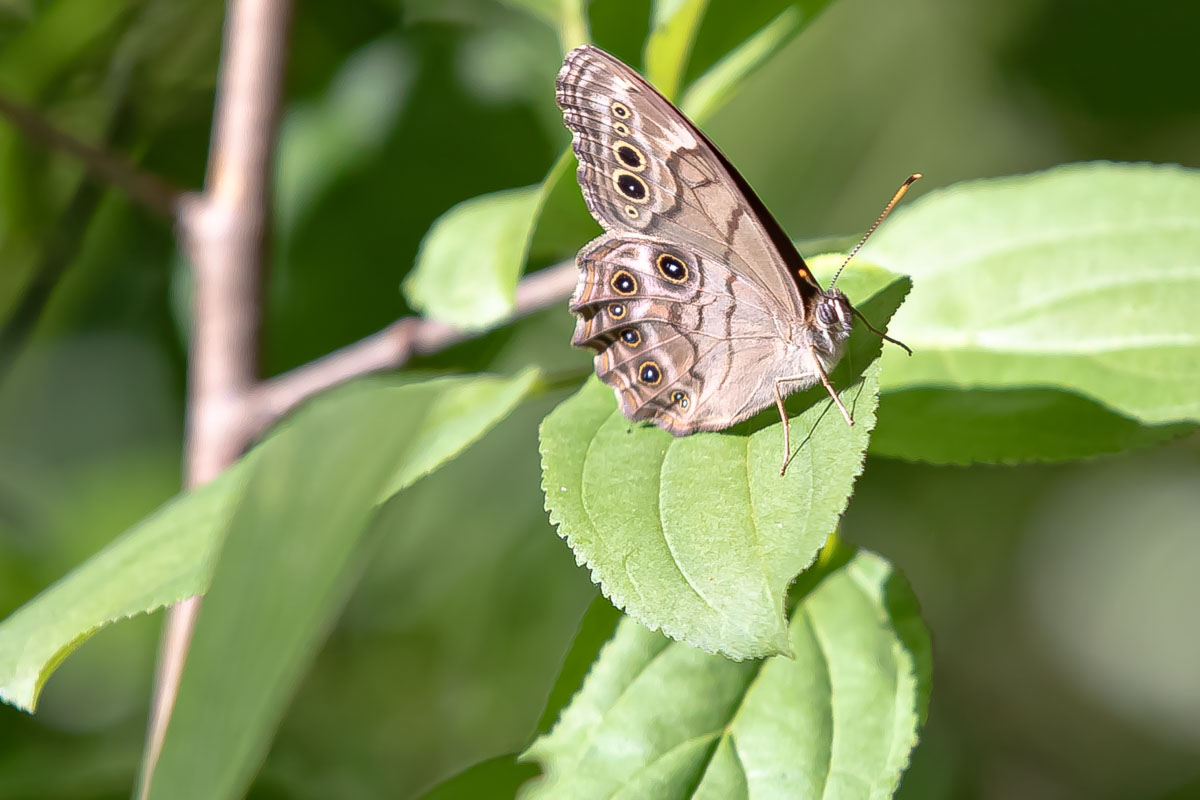
Northern Pearly-eye Butterfly
Photo ID: D79A4109
716x1074
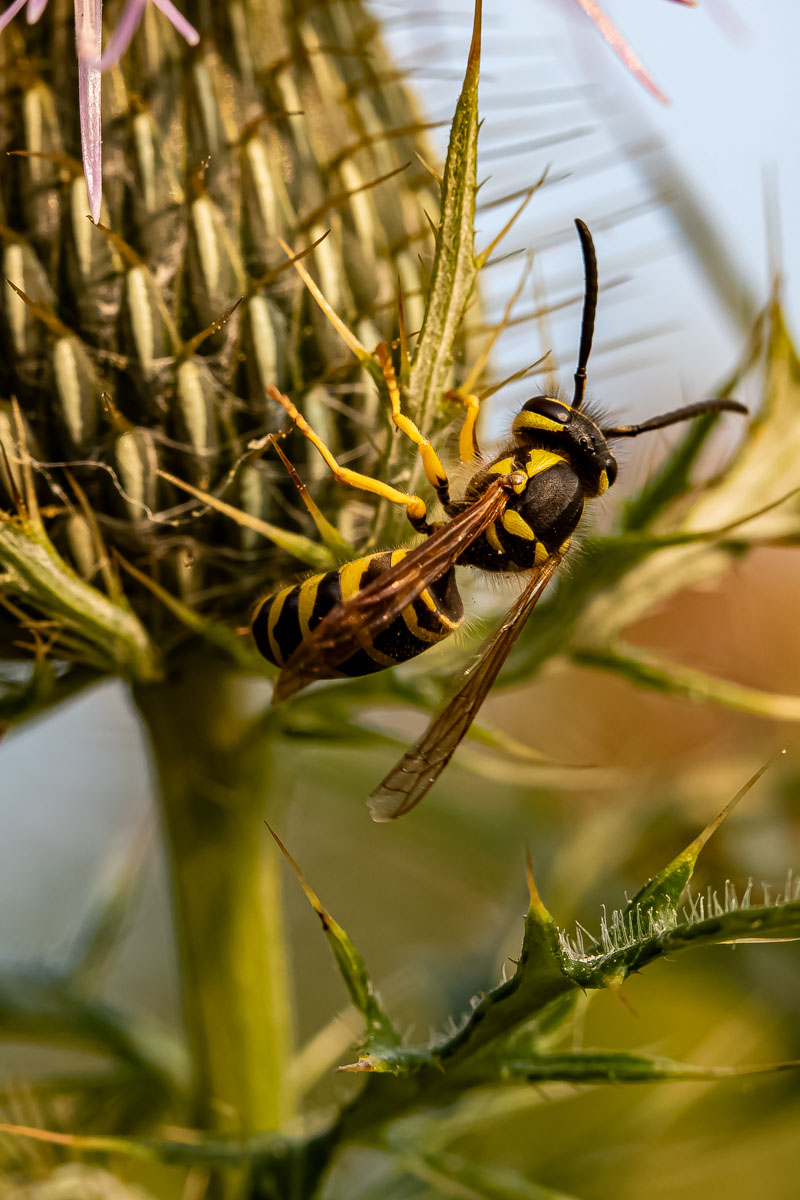
Yellowjacket
Photo ID: D79A5300
2600x3900
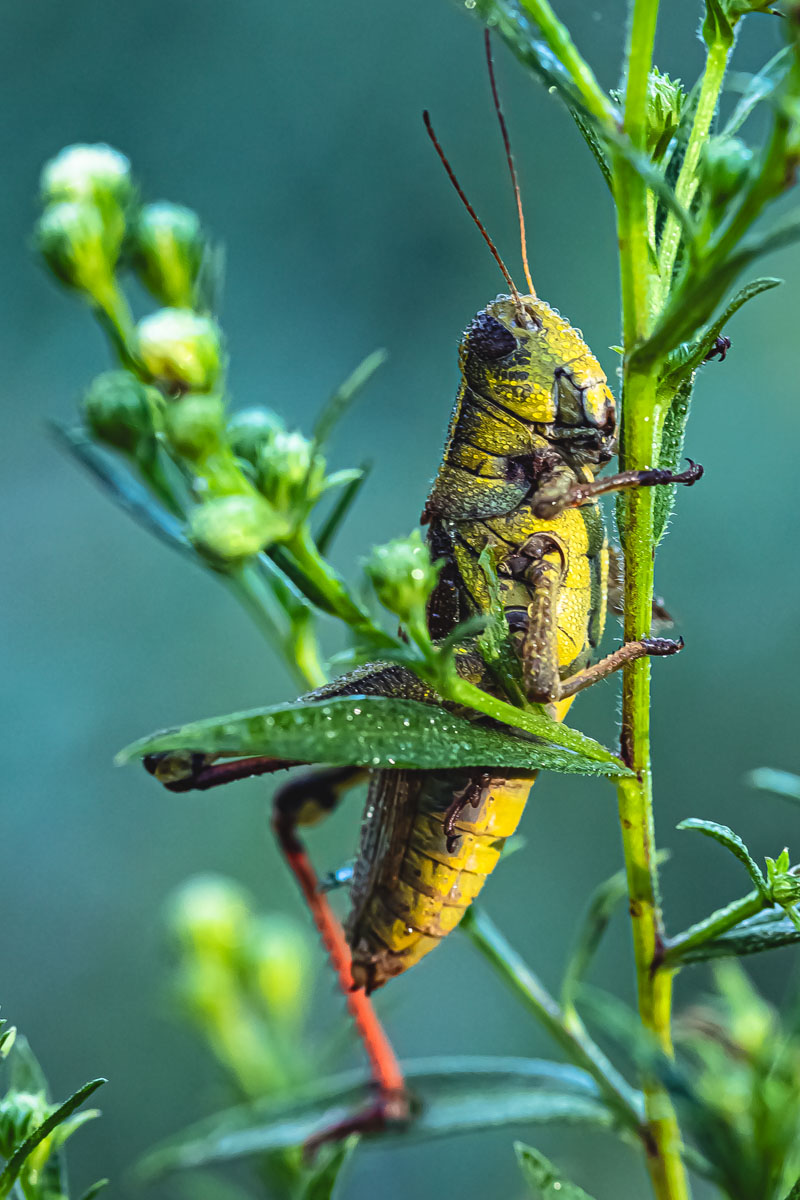
Red-legged Grasshopper
Photo ID: D79A0489
2660x3990
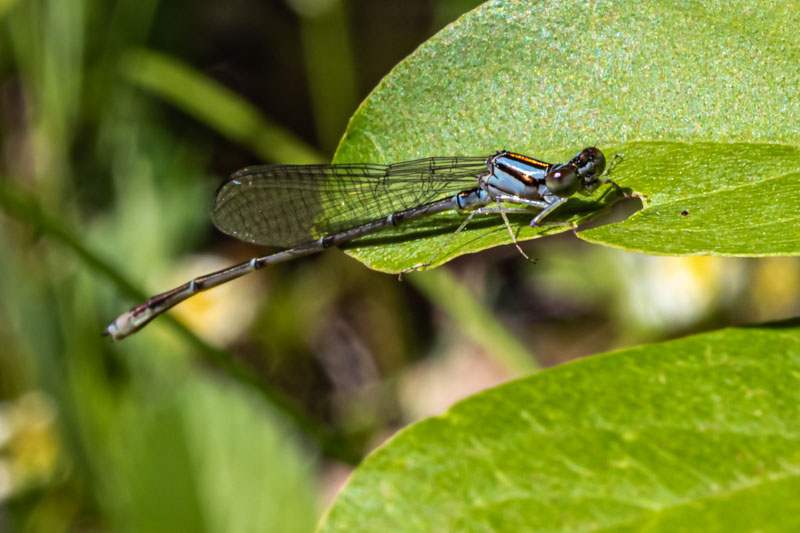
Eastern Forktail
(Ischnura verticalis)
| _21A1520 | 2266x1511 |
| Image Details | More... |
| Camera | Canon EOS 5D Mk IV |
| Lens | EF100mm f/2.8L Macro IS USM |
| ISO | 200 |
| Aperture | f/29.0 |
| Shutter | 1/20 |
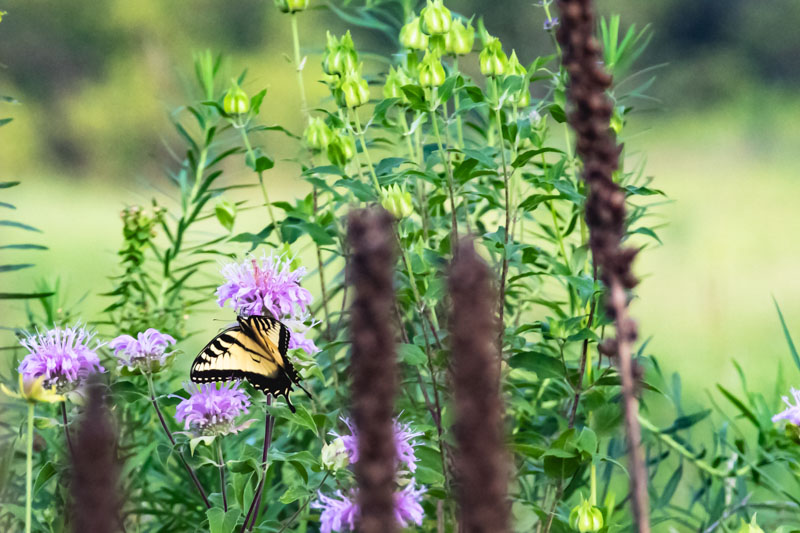
Swallowtail Butterfly
Photo ID: _21A2002
2902x1935
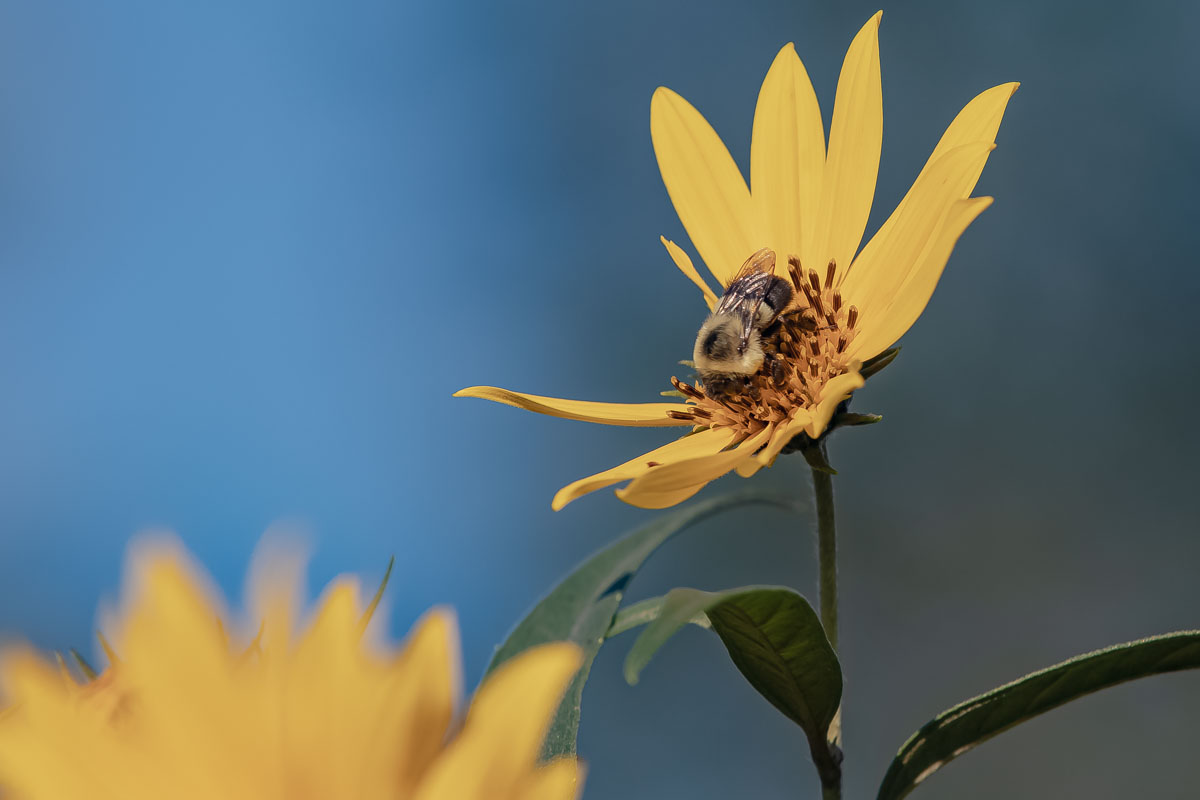
Brown-belted Bumblebee
(Bombus griseocollis)
Photo ID: D79A4910
2508x3762
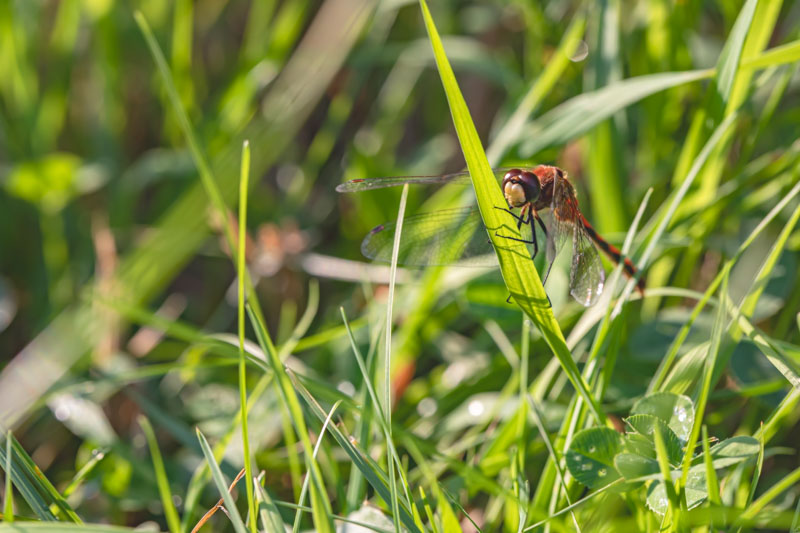
White-faced Meadowhawk
(Sympetrum obtrusum)
| D79A0443 | 4606x3071 |
| Image Details | More... |
| Camera | Canon EOS 5D Mk IV |
| Lens | EF100mm f/2.8L Macro IS USM |
| ISO | 200 |
| Aperture | f/8.0 |
| Shutter | 1/125 |
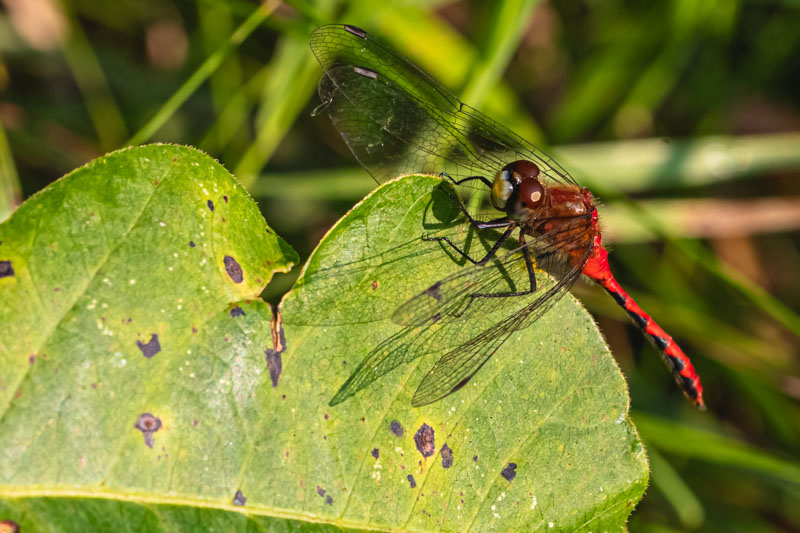
White-faced Meadowhawk
(Sympetrum obtrusum)
| D79A0209 | 4606x3071 |
| Image Details | More... |
| Camera | Canon EOS 5D Mk IV |
| Lens | EF100mm f/2.8L Macro IS USM |
| ISO | 800 |
| Aperture | f/13.0 |
| Shutter | 1/200 |
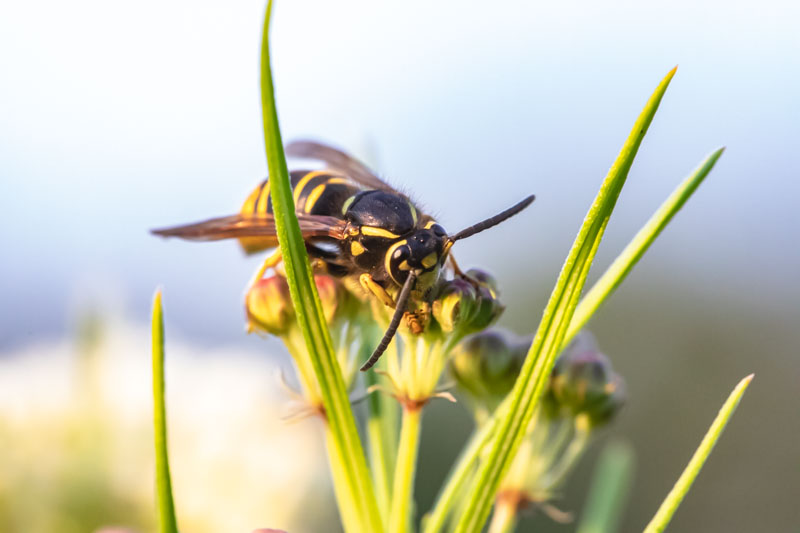
Bald-faced Hornet
(Dolichovespula maculata)
| D79A0363 | 2757x4135 |
| Image Details | Field Reference Details |
| Camera | Canon EOS 5D Mk IV |
| Lens | EF100mm f/2.8L Macro IS USM |
| ISO | 2500 |
| Aperture | f/7.1 |
| Shutter | 1/3200 |
| Size | Workers ~12–14 mm; queens up to ~18–20 mm |
| Key ID Marks | Glossy black wasp with crisp white patterning; mostly white face (“bald”); white bands on rear abdomen; three pale stripes on thorax; dark wings. |
| Face | White mask with black center line; stout, dark mandibles. |
| Thorax | Black with pale/white shoulder stripes; robust; wings smoky to dark. |
| Abdomen | Black with white bands/patches; tip usually white. |
| Antennae | Dark (not orange); moderately long and slightly curved. |
| Legs | Dark with pale joints; dangling in flight less than in paper wasps. |
| Nest | Large gray paper nest, football-shaped, usually aerial (trees, eaves). Strongly defensive near nest. |
| Behavior / Diet | Predatory on flies, caterpillars, other insects; also takes nectar and fruit juices. |
| Season | Late spring through fall; colonies annual—workers and males die with frost, new queens overwinter. |
| Habitat | Yards, wood edges, parks, gardens; often near trees/shrubs. |
| Range | Widespread across most of U.S. and southern Canada. |
| Similar Species | Paper wasps (Polistes) are slimmer with orange antennae and long legs; yellowjackets (Vespula) are smaller with yellow (not white) markings. |
| Notes | Despite the name, it’s a large “yellowjacket” species rather than a true hornet. |
More...
Sharpness
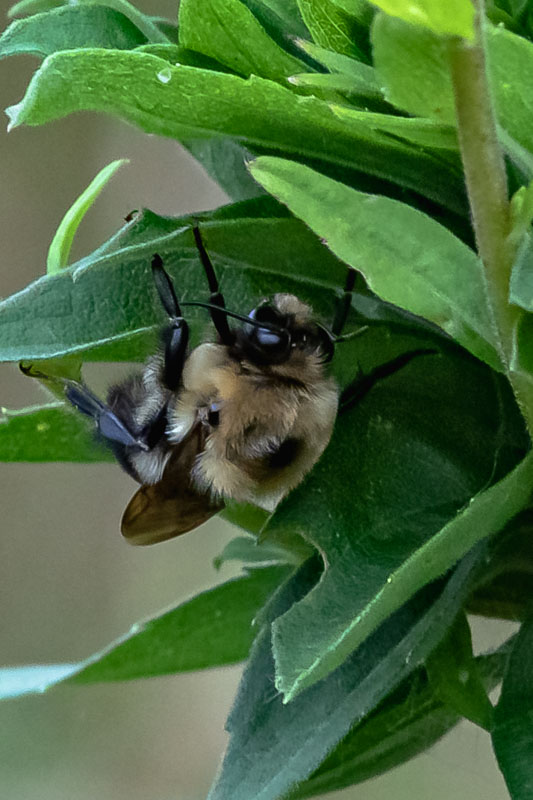
Brown-belted Bumblebee
(Bombus griseocollis)
| _21A2708 | 713x1070 |
| Image Details | Field Reference Details |
| Camera | Canon EOS 5D Mk IV |
| Lens | EF70-200mm f/2.8L IS II USM |
| ISO | 800 |
| Aperture | f/13.0 |
| Shutter | 1/100 |
| Wings | Transparent with fine venation; may show a subtle smoky or amber tint near the base when backlit. |
| Body | Robust and very hairy; thorax pale yellow to golden, abdomen with a distinct brown/black “belt” banding (gives the common name). |
| Eyes | Large, dark (brown to black), set laterally on the head. |
| Range | Widespread across much of North America — common in the northern and central United States and southern Canada. |
| Habitat | Open fields, meadows, gardens, roadsides and edges of woodlands; frequently visits flower-rich areas and pollinator plantings. |
| Perching | Males often rest on flowers, leaves, or stems; may hang upside-down on foliage for short periods while surveying territory. |
| Flight Style | Steady, low-to-medium flight with a characteristic “bumbling” appearance; capable of quick, agile maneuvers when visiting flowers. |
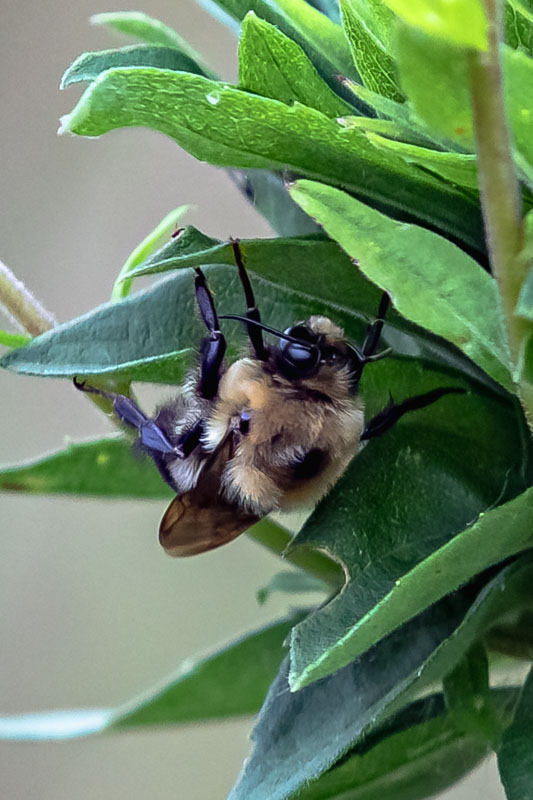
Brown-belted Bumblebee
(Bombus griseocollis)
| _21A2717 | 713X1070 |
| Image Details | Field Reference Details |
| Camera | Canon EOS 5D Mk IV |
| Lens | EF70-200mm f/2.8L IS II USM |
| ISO | 400 |
| Aperture | f/6.3 |
| Shutter | 1/160 |
| Wings | Transparent with fine venation; may show a subtle smoky or amber tint near the base when backlit. |
| Body | Robust and very hairy; thorax pale yellow to golden, abdomen with a distinct brown/black “belt” banding (gives the common name). |
| Eyes | Large, dark (brown to black), set laterally on the head. |
| Range | Widespread across much of North America — common in the northern and central United States and southern Canada. |
| Habitat | Open fields, meadows, gardens, roadsides and edges of woodlands; frequently visits flower-rich areas and pollinator plantings. |
| Perching | Males often rest on flowers, leaves, or stems; may hang upside-down on foliage for short periods while surveying territory. |
| Flight Style | Steady, low-to-medium flight with a characteristic “bumbling” appearance; capable of quick, agile maneuvers when visiting flowers. |
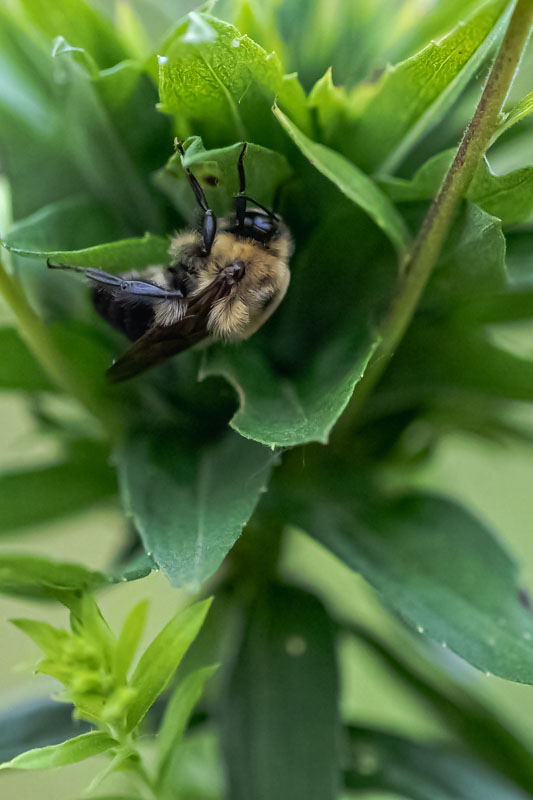
Brown-belted Bumblebee
(Bombus griseocollis)
| D79A0278 | 2235X3353 |
| Image Details | Field Reference Details |
| Camera | Canon EOS 5D Mk IV |
| Lens | EF100mm f/2.8L Macro IS USM |
| ISO | 16000 |
| Aperture | f/2.8 |
| Shutter | 1/1250 |
| Wings | Transparent with fine venation; may show a subtle smoky or amber tint near the base when backlit. |
| Body | Robust and very hairy; thorax pale yellow to golden, abdomen with a distinct brown/black “belt” banding (gives the common name). |
| Eyes | Large, dark (brown to black), set laterally on the head. |
| Range | Widespread across much of North America — common in the northern and central United States and southern Canada. |
| Habitat | Open fields, meadows, gardens, roadsides and edges of woodlands; frequently visits flower-rich areas and pollinator plantings. |
| Perching | Males often rest on flowers, leaves, or stems; may hang upside-down on foliage for short periods while surveying territory. |
| Flight Style | Steady, low-to-medium flight with a characteristic “bumbling” appearance; capable of quick, agile maneuvers when visiting flowers. |
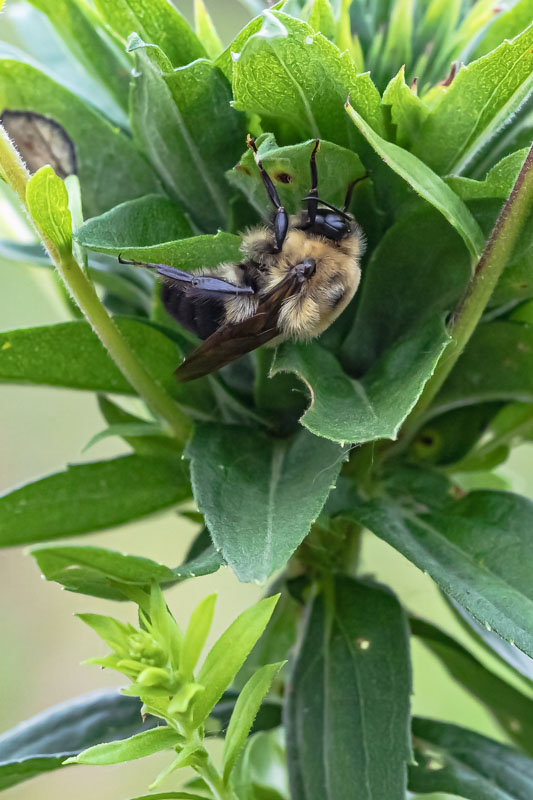
Brown-belted Bumblebee
(Bombus griseocollis)
| D79A0292 | 2235X3353 |
| Image Details | Field Reference Details |
| Camera | Canon EOS 5D Mk IV |
| Lens | EF100mm f/2.8L Macro IS USM |
| ISO | 8000 |
| Aperture | f/10.0 |
| Shutter | 1/50 |
| Wings | Transparent with fine venation; may show a subtle smoky or amber tint near the base when backlit. |
| Body | Robust and very hairy; thorax pale yellow to golden, abdomen with a distinct brown/black “belt” banding (gives the common name). |
| Eyes | Large, dark (brown to black), set laterally on the head. |
| Range | Widespread across much of North America — common in the northern and central United States and southern Canada. |
| Habitat | Open fields, meadows, gardens, roadsides and edges of woodlands; frequently visits flower-rich areas and pollinator plantings. |
| Perching | Males often rest on flowers, leaves, or stems; may hang upside-down on foliage for short periods while surveying territory. |
| Flight Style | Steady, low-to-medium flight with a characteristic “bumbling” appearance; capable of quick, agile maneuvers when visiting flowers. |
Places
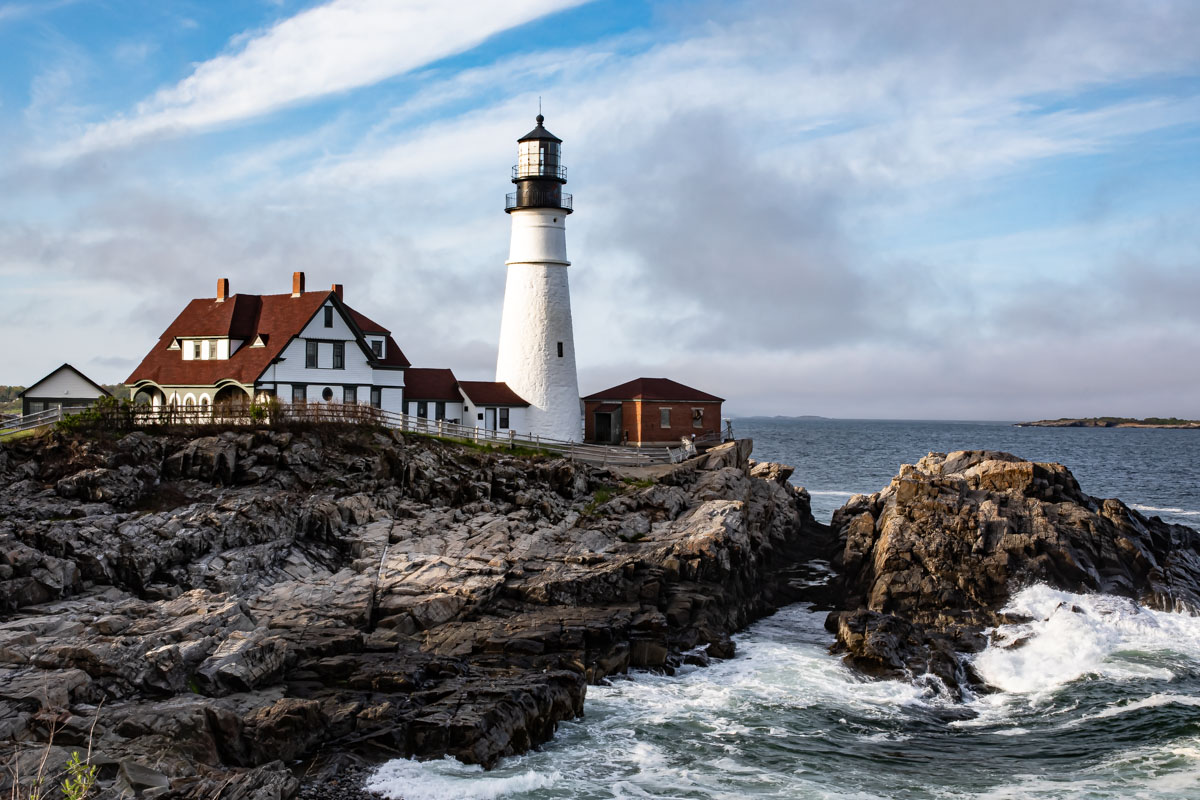
Portland Headlight 3
Photo ID: D79A3661
4901x3267
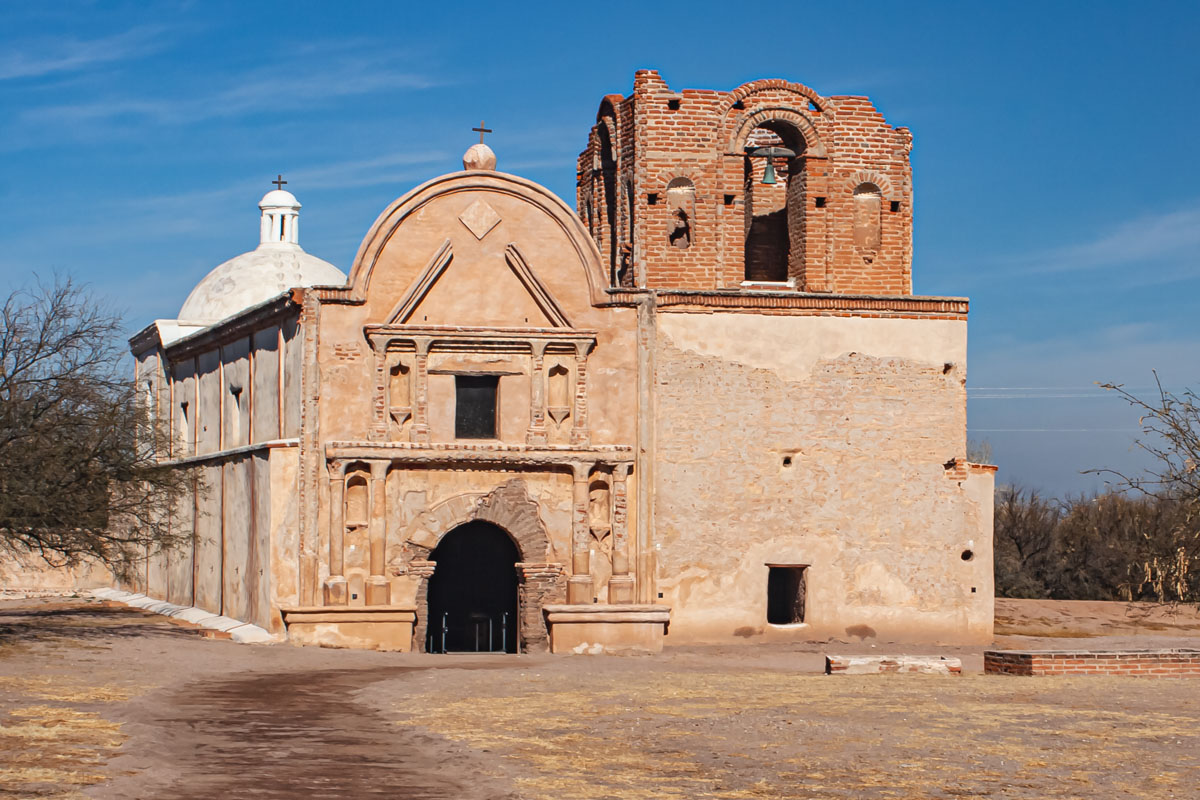
Tumacacori
Photo ID: IMG_0139
3456x2304
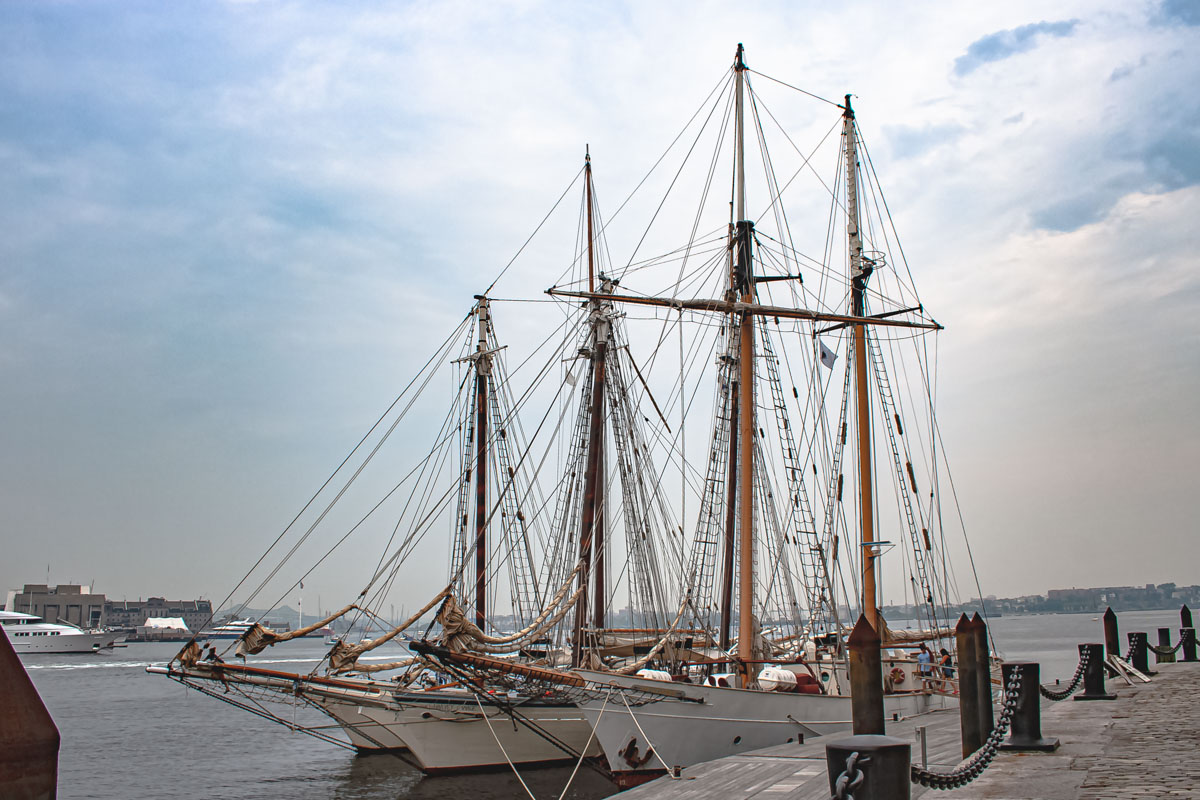
Training Ships
Photo ID: IMG_0019
4608x3072
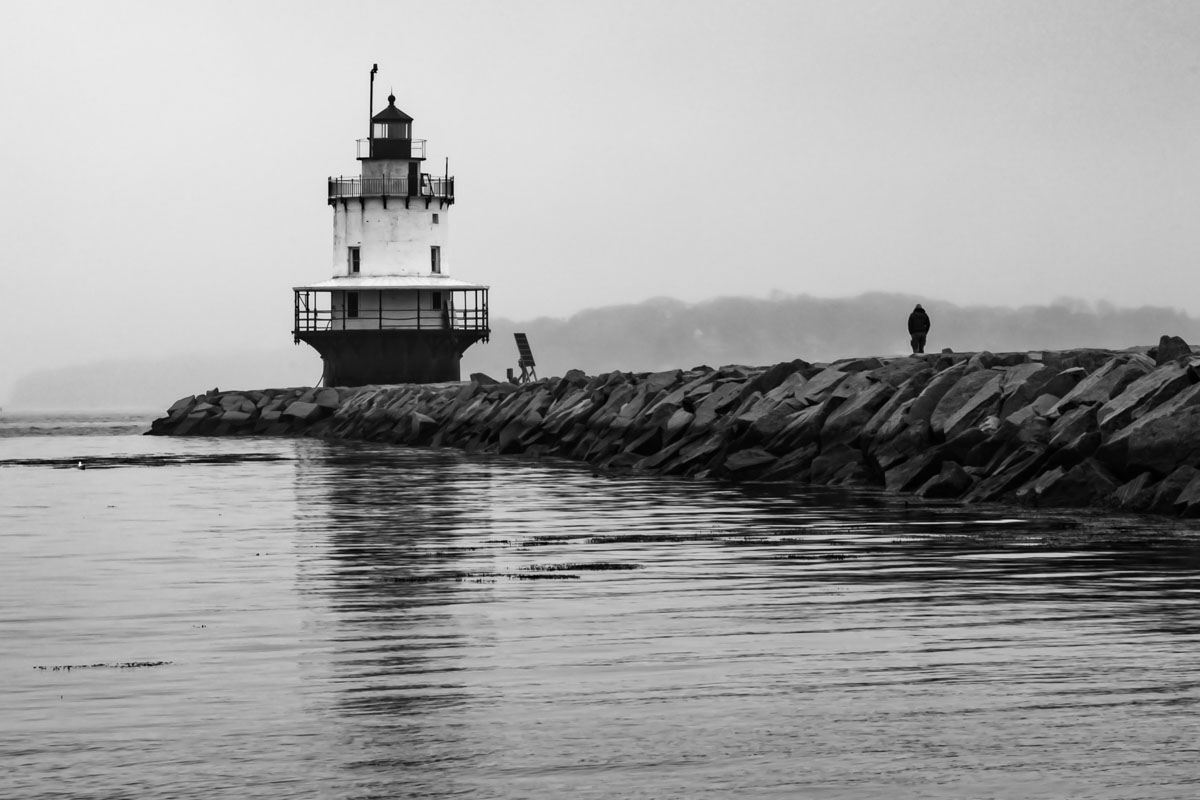
Spring Point Ledge Lighthouse
Photo ID: D79A3547
3048x2032
More...
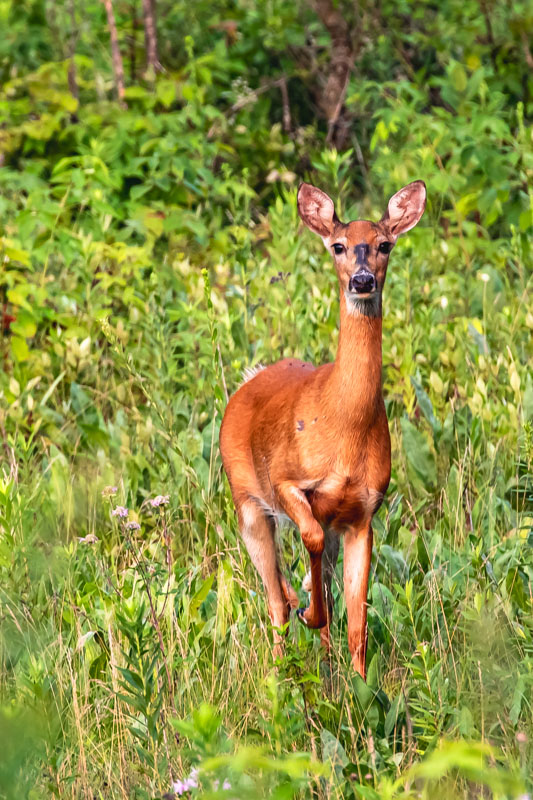
Whitetail Deer
Odocoileus virginianus
| _21A2346 | 1906x2859 |
| Image Details | |
| Camera | Canon EOS 5D Mk IV |
| Lens | EF70-200mm f/2.8L IS II USM (2X) |
| ISO | 640 |
| Aperture | f/8.0 |
| Shutter | 1/200 |
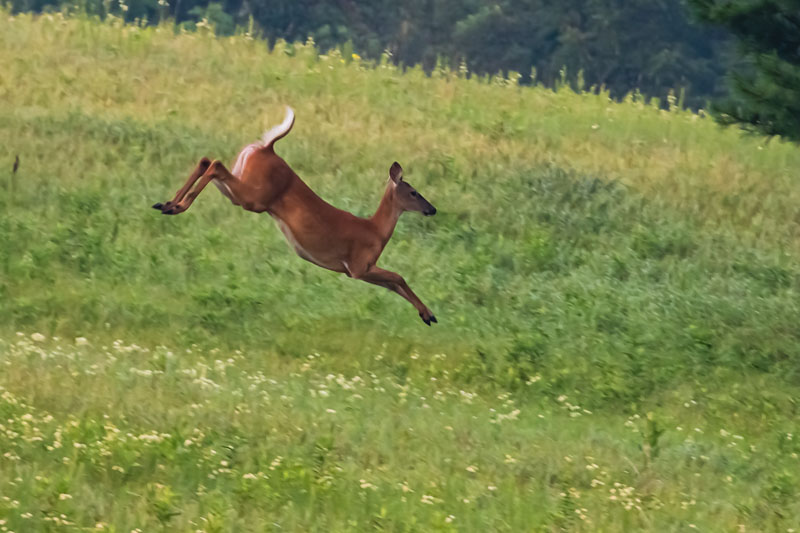
Whitetail Deer
Odocoileus virginianus
| _21A2326 | 3392x2261 |
| Image Details | |
| Camera | Canon EOS 5D Mk IV |
| Lens | EF70-200mm f/2.8L IS II USM (2X) |
| ISO | 1600 |
| Aperture | f/11.0 |
| Shutter | 1/200 |
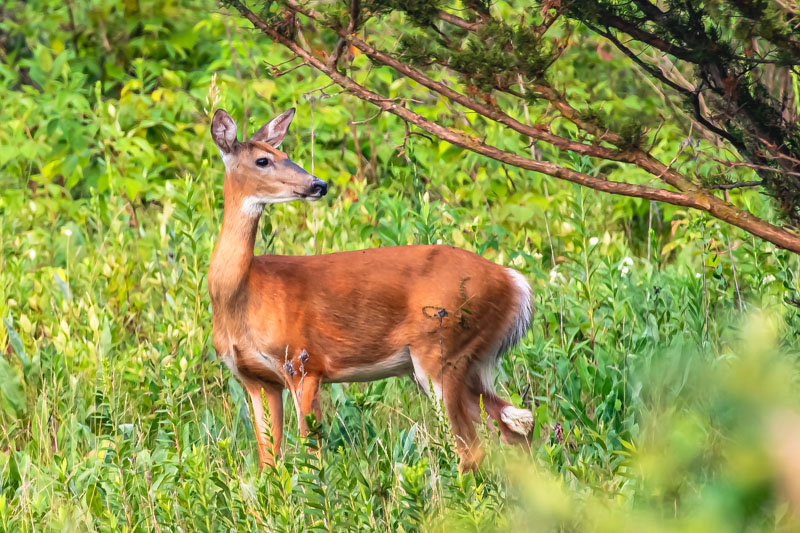
Whitetail Deer
Odocoileus virginianus
| _21A2340 | 3300x2200 |
| Image Details | |
| Camera | Canon EOS 5D Mk IV |
| Lens | EF70-200mm f/2.8L IS II USM (2X) |
| ISO | 800 |
| Aperture | f/8.0 |
| Shutter | 1/200 |
Field Reference Details
| Shoulder height | Bucks: 30" - 40". Does: 28" - 36" |
| Color | Reddish-brown summer coat. Becomes more grey in winter. |
| Head | Large ears Pale muzzle and eye rings. |
| Body | Slender with long legs. |
| Tail | White underside Lifted in alert or alarm |
| Habitat | Lush green undergrowth. |
| Behavior | Nocturnal, browsing at dawn and dusk. |
| Diet | Leaves, twigs, fruits, nuts, grass, corn, alfalfa, lichens, and fungi |
GET IN TOUCH
Fraley Design, L.L.C.16380 Java Ln
Lakeville, MN, 55044, US
P: (952) 855-2600